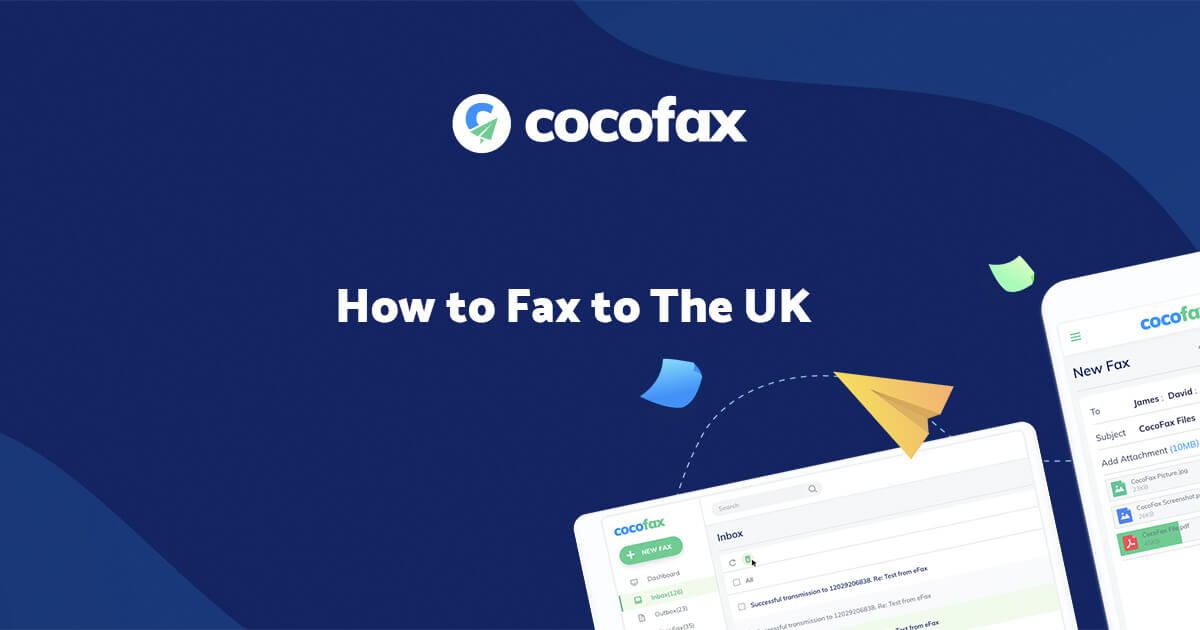

(More often than not within apps, it doesn't seem to be supported and simply fails to appear.) Adjusting your Password Manager setup The system is able to sign you in to certain Android apps automatically, too, though it works somewhat sporadically - and you never quite know when it'll be present. And whenever you return to a site where your credentials have been stored, Smart Lock will automatically fill them in for you - or, when more than one sign-in is associated with a single site, it'll provide you with the option to pick the account you want to use.

The service will also offer to create complex new passwords for you when you're signing up for something new. You'll see the Password Manager's prompts for credential-saving pop up anytime you enter your username and password into a site within the Chrome browser. The system, once considered part of Google's Smart Lock feature, works across Android, iOS, Chrome OS, and any other desktop platform where you're signed into Chrome - and it's typically activated by default in all of those places. Google Password Manager 101įirst things first: You shouldn't have to do anything to turn the Google Password Manager on. And it's far better to rely on that than to use nothing at all. While there's a case to be made for leaning on a dedicated app for that purpose (for reasons we'll discuss further in a moment), Google has its own password management system built right into Chrome. That's where a password manager comes into play: It securely stores all your sign-in info for you and then fills it in as needed. With all the credentials we have to keep track of these days, there's just no way the human brain can handle the task of storing the specifics - at least, not if you're using complex, unique passwords that aren't repeated (or almost repeated, even) from one site to the next. If you're still trying to remember all of your passwords and then type 'em into sites by hand, let me tell you: You're doing it wrong.


 0 kommentar(er)
0 kommentar(er)
